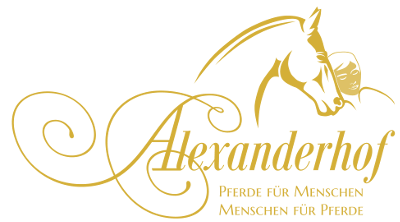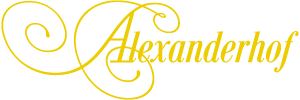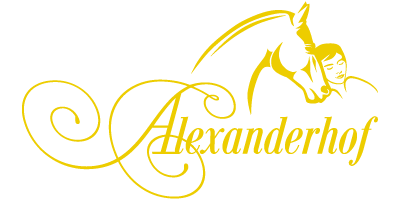If you see a horse piaffe from time to time, your feeling will probably tell you whether this piaffe is good or not so good. In this article, we explain some important criteria that you can use to train your eye for this very professionally.
Piaffing means that the horse – mounted or un-mounted – performs trot-like steps almost at a standstill. It is similar to trotting only because, as in trotting, there is no real hovering phase, although the impression would suggest this. Nevertheless, it is a swinging movement in which the horse shifts back and forth from one diagonal pair of legs to the other in a steady rhythm.
The deep meaning and incredibly high value benefit of a good piaffe is that the horse ideally collects in the highest form. Even more collection is only possible in the levade, in which the horse does not move anymore. We will certainly report more about this here one day.
A piaffe is very demanding and effective training and, if executed well, a wonderful representation of a horse’s healthy carrying capacity. Here are the criteria of a good piaffe, which also explains the benefits. Please watch the video from a training session with Goahead. You can see an exercise sequence in the pilares. In the following we describe what was already good in this training and what should be improved:
- There are hardly any visible aids. Only if the piaffe is created with a lot of impulsion – so to speak “from inside”, it is good. Strong driving or too much touching with the crop should not be necessary. You can see with Goahead that all the motivation in the horse comes from within. Driving in that sense is not necessary – only rare hints with the crop are occasionally helpful. He often begins to piaffe on his own – in hopes of a reward.The movement is consistent over many steps. The horse may appear strained if necessary, but should show no signs of stress. The fact that Goahead is not yet completely relaxed in this video can be seen in his still somewhat too firm underneck. This may also be due to the enormous effort, but should definitely become more relaxed.
- The piaffe should generally appear calm and supple. Goahad always finds an even rhythm and can already hold the piaffe for a long time.
- The hooves of the front legs already lift almost to the carpal joint at Goahead. It would be perfect if the forearms would come up to the horizontal. The hind legs lift as desired only to the level of the fetlock joint. In any case, the front legs should always lift significantly higher than the hind legs.
- The croup lowers considerably in the piaffe. Here with Goahead, it goes down an average of 15 cm – occasionally even up to 20 cm. At the same time, his rather low back arches relatively high to an almost straight line to the croup. This is due to a strong haunch flexion – an essential characteristic of collection. Negative would be a croup that stays up or even jumps up with every trot. The play of muscles in the hindquarters is wonderfully seen in Goahead.
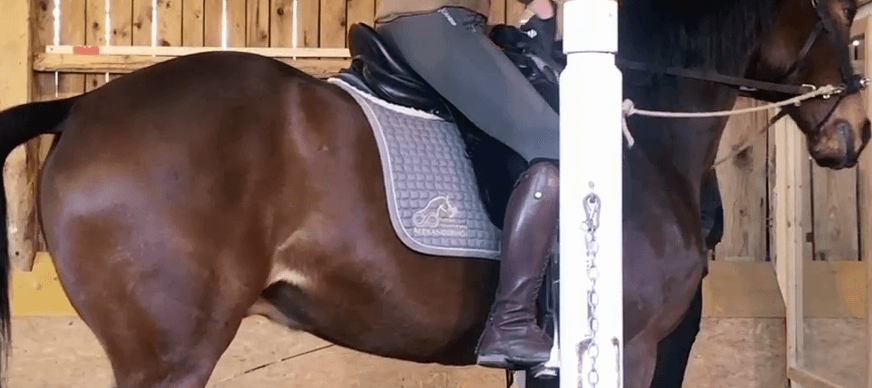
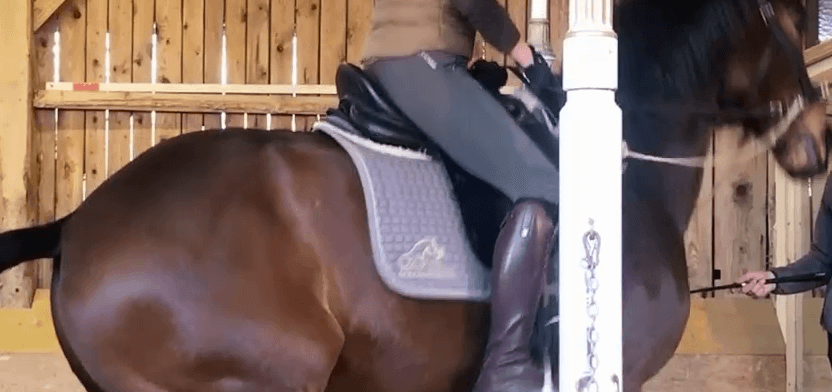
- The front legs should be perpendicular when you stand up. In Goahead’s case, they are usually a bit backward in this video – that is, behind the vertical. Although he sits tremendously already in the back, he sometimes pushes too much weight over the front legs.
- The poll should always be the highest point in the piaffe.
- Depending on the clearence in the throat latch, the forehead-nose line is then found in or slightly in front of the vertical line to the ground. Goahead wears the nape of the neck beautifully up and the nose far forward, because otherwise the parotid glands would be pinched in him.
- Ideally, in the piaffe, the horse moves forward about the width of a hoof with each step. Here in the video, we are practicing in the pilars, so this small movement forward is not possible. This does no harm to the piaffe, you just can’t practice transitions into walk, trot or canter out of the piaffe this way.
- The tail is beautifully carried and calm in Goahead, which is a very nice characteristic. Tail flicking could also be due to work effort. Sometimes, however, it is also a sign of stress.
- The horse should not sway in the piaffe. So the weight should always be lifted and cushioned, but not thrown from side to side.
- And finally, the best thing for us as riders – Anna can confirm it: It is an unbelievably good seat feeling when a horse piaffes powerfully and relaxed at the same time.
Note that Goahead is being ridden without a bit here – he usually reacts very negatively to this due to his previous experiences in his life.
If you would also like to teach your horse the piaffe, please contact us or plan a course at your stable. You can find all contact details and information on the special page on our homepage.
Have fun watching the next piaffes, maybe even practicing with your own horse. In any case, have fun doing it😀!
Irmi and Alexander Kronsteiner
